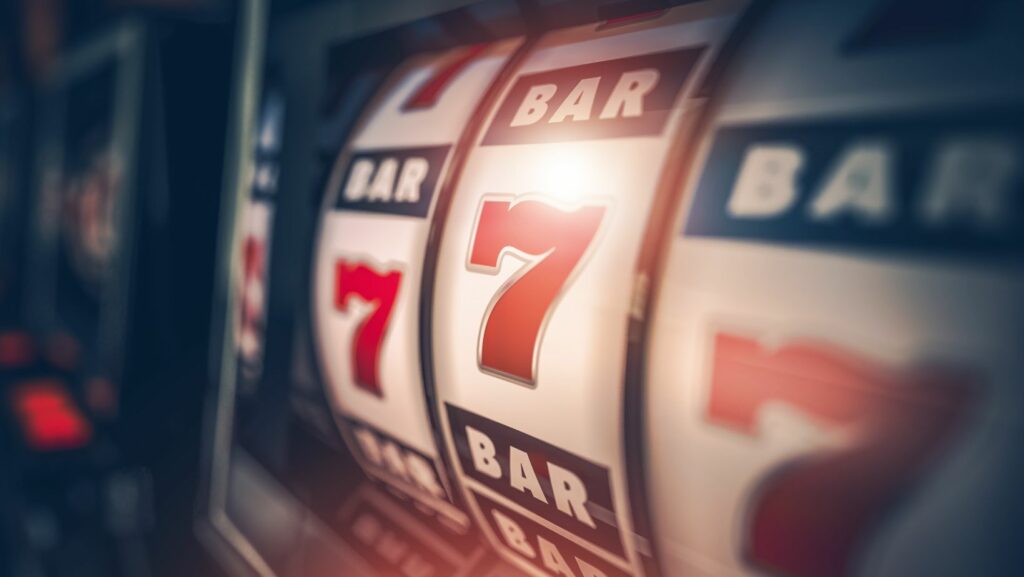There was a time when slot machines were purely mechanical — three reels, one handle, and the cheerful jingle of coins tumbling into a tray. No glowing animations, no orchestral soundtracks, no bonus rounds waiting behind the scenes. Just that single pull and the small pause before everything stopped.
Those days are long gone. Now, slot machine games online have turned into fast, reactive digital worlds — colorful, layered, and alive. You don’t simply press “Spin” anymore; you step into a micro-universe where every sound and flash has purpose. Each symbol drop feels like a beat in a larger rhythm. The game moves with you, not just for you.
At the center of this transformation are three ideas that reshaped slot design: Cascades, Multipliers, and Bonus Buy. Together, they turned ordinary spins into small, cinematic experiences — part chance, part choreography.
Cascades: The Flow That Never Really Stops
The cascade mechanic begins simply: a win clears the board, and new symbols fall into place. But that single twist changes the entire rhythm. A spin doesn’t end — it breathes, it continues. One outcome flows smoothly into the next.
The sensation is strangely hypnotic. Tiles drop, reels collapse, there’s a pause, then another fall — a chain of movement that keeps the mind and the eye busy.
Game studios caught the magic early:
- Sweet Bonanza turned cascades into a parade of candy explosions and colorful bursts.
- Jammin’ Jars made them dance to disco beats on a neon grid.
- Temple Tumble Megaways and Tiki Tumble added wild chaos and unpredictability — the board alive with constant motion.
Each cascade feels like its own tiny story: tension, surprise, release. You don’t control what happens next, yet you can’t look away. It’s one of those features that makes modern slots so much more than spinning reels.
Multipliers: When Numbers Start to Feel Alive
In older slots, numbers meant little more than math — wins, losses, and totals. Multipliers changed that. They gave numbers a pulse.
In Gonzo’s Quest Megaways, each cascade raises the multiplier. It starts quietly — x2, x3 — and before you know it, you’re holding your breath as the counter climbs higher. The feeling is electric.
Sugar Rush adds a more visual thrill: each win leaves behind a glowing mark, doubling the value next time it’s hit. The grid lights up like a pulse of energy, each color carrying a promise of more.
Some titles like Buffalo King Megaways keep multipliers steady and predictable. Others, like Fruit Party 2 or Power of Thor Megaways, go the opposite way — random x100 bursts that send your balance skyrocketing out of nowhere.
That volatility, that sense that anything might happen, is what makes multipliers addictive. They transform cold arithmetic into emotion — a quiet spin turning suddenly into a rush of light and sound.
Bonus Buy: Straight to the Action
Every player knows the suspense of waiting for three scatters to land. It’s exciting… until it isn’t. Bonus Buy changed that completely. Now you can pay a set price and skip the waiting altogether.
With one click, you’re thrown right into the feature round. It’s bold, a bit reckless — and that’s the appeal. In Gates of Olympus and Starlight Princess, for example, you don’t wait for luck to find you. You decide when the excitement begins.
High-volatility titles like Wanted Dead or a Wild, Money Train 3, and Fire in the Hole xBomb made the mechanic even more intense. The buy-in isn’t cheap, but the potential payout can flip your balance in seconds. It’s controlled chaos — part risk, part strategy.
Experienced players often warm up first — a few normal spins to feel the rhythm — then hit “Buy” when the moment feels right. When cascading wins, rising multipliers, and the instant adrenaline of a bonus round collide, the game becomes pure theater.
When It All Comes Together
Now imagine these three mechanics working in harmony — cascades, multipliers, and Bonus Buy — building one seamless flow of motion and reward.
Gonzo’s Quest Megaways remains one of the best examples. Each collapse leads to a multiplier boost; bonus rounds blend naturally into the flow. It feels designed like a performance — every moment tuned to rhythm and tension.
Modern developers lean into that feeling. They build games not just for luck but for movement. Music speeds up as the reels heat, animations stretch between wins, lights sync with the rising tempo. The player doesn’t just watch; they feel the pace shift under their fingertips.
It’s design as emotion — a digital heartbeat that turns random spins into rhythm and flow.
The Market’s Direction
Scan this year’s new releases and one pattern jumps out: motion is everything. Nearly every major slot now includes at least one — often all three — of these mechanics.

Players expect interaction, not passivity. They want games that:
- React to every action with sound, movement, or visual change.
- Build anticipation naturally rather than relying only on luck.
- Offer choices — when to risk, when to pause, when to go all in.
Developers, in turn, study how players behave — when they chase, when they stop, when they click «Buy». The result is an era of slot design that feels tuned to human rhythm.
Technology powers the visuals, but pacing drives emotion. That’s why the most successful games don’t just look good — they feel alive.
From the click of a lever to cinematic universes that react in real time, slot games have evolved far beyond simple chance. They’re now about timing, flow, and the thrill of motion itself.
And somewhere between randomness and rhythm — between control and chaos — lies that spark of magic that keeps players spinning just one more time.

